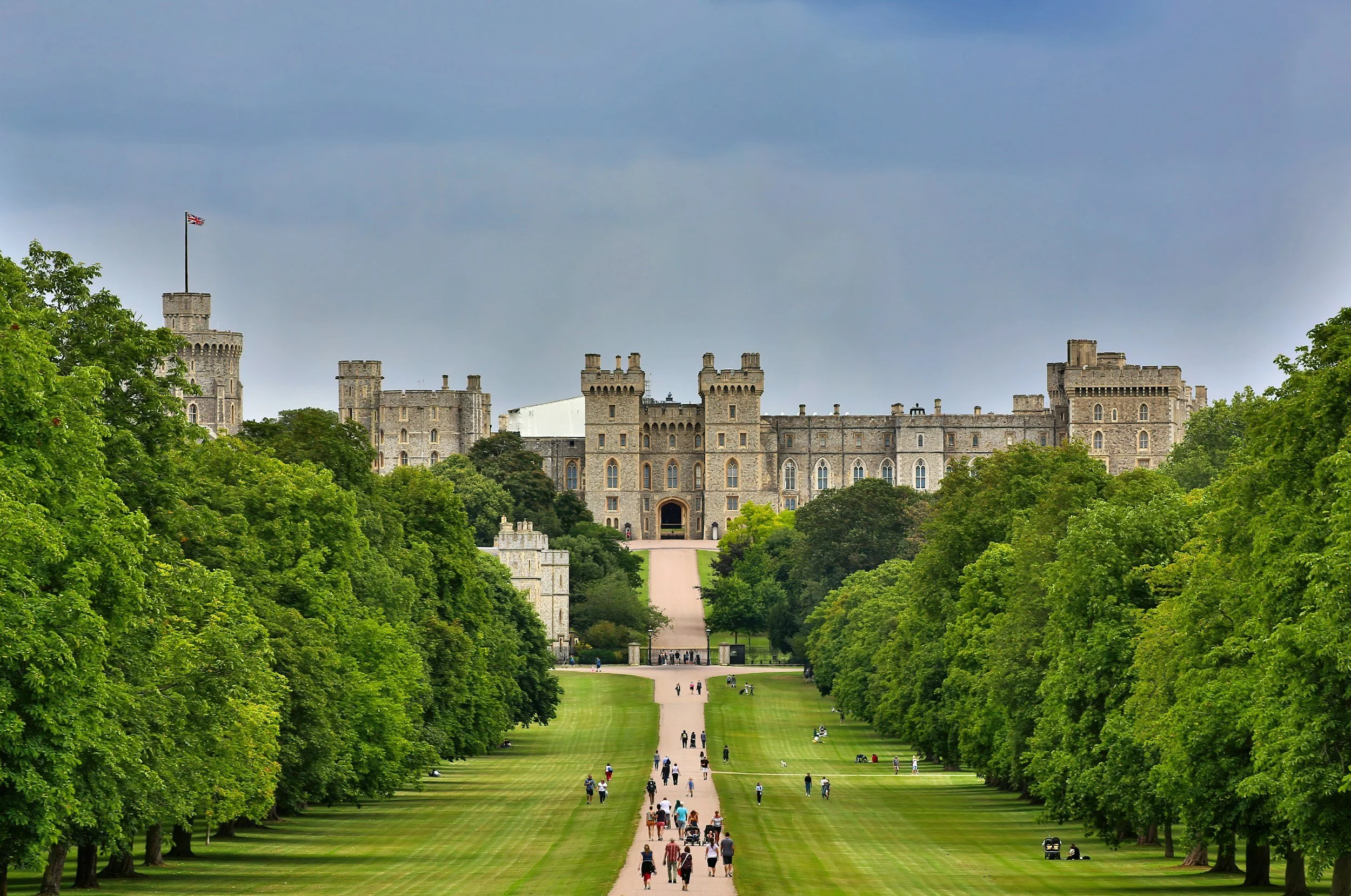Episode 16: Sovereignty in Stone: The Kings of Windsor Castle
Windsor Castle has been the home of monarchs for 900 years
Windsor Castle has been imbued with symbolism since William the Conqueror founded it after the invasion of 1066. He took the name of Windsor from an existing Anglo-Saxon palace which stood on a different spot. On a bluff overlooking the Thames, Windsor Castle continues to play a central role in Britain’s national identity, being a great inheritance from the Middle Ages, which no one generation could have the resources or imagination to build. It has always been there, was always important, it seems to transcend time. Both a formidable stronghold and a sumptuous palace, it is a universe in itself.
No one could be better placed to describe Windsor Castle’s evolution and meaning than John Goodall, author of a mighty work of scholarship on The English Castle. In this episode of ypompod– the first of a projected two on Windsor Castle – he examines its evolution from early years until the Civil War in the mid 17th century. A key figure is Edward III, who founded the Order of the Garter in the mid 14th century as an expression of chivalric romance. He identified Windsor with King Arthur’s Camelot and gave it a round table. Tournaments or mock battles were fought in splendid costumes, displaying the luxury that was possible after the English victories over France at Crecy and Poitiers.
After the Civil War, Parliament ordered that Windsor Castle should be demolished. This did not happen. Instead Charles I’s body was taken there for burial after his execution, which only strengthened its association with monarchy.

